Solving mobility poverty through service design- Mobility poverty is a societal problem shared by many rural areas worldwide. This project applied service design to provide answers from a new perspective.
Currently, while urban centres see ever growing populations and a modern approach to their mobility demands, mobility problems in under-served rural areas are easily overlooked.
Rural mobility problems compound into mobility poverty: when a lack of transport options equals fewer opportunities for activities, employment & access to services, ultimately denying rural citizens to participate in society. Mobility poverty has not spared Belgium; the Flemish region of Westhoek typifies the issues faced by rural regions. The dominance of the car leads to up-scaled and ever farther opportunities, generally reducing the potential and competitiveness for alternative (and often more sustainable) modes of transport. This means longer and more complex trips for those relying on the few & disappearing mobility options.
to make hard choices regarding access to work, services, or even healthy food, the vicious cycle of mobility poverty is enforced driving citizens further into a corner of society.
In de Westhoek, former solutions to this “wicked problem” failed for being supply-focused (not answering real needs), and any regional policies developed were not necessarily supported by national interests. To finally provide a comprehensive answer, the Flemish design promotion agency initiated a project to meet this challenge through service design, joining forces with mayors of villages in the region, a municipality-level bike promotion organisation & the public transport operator of Flanders.


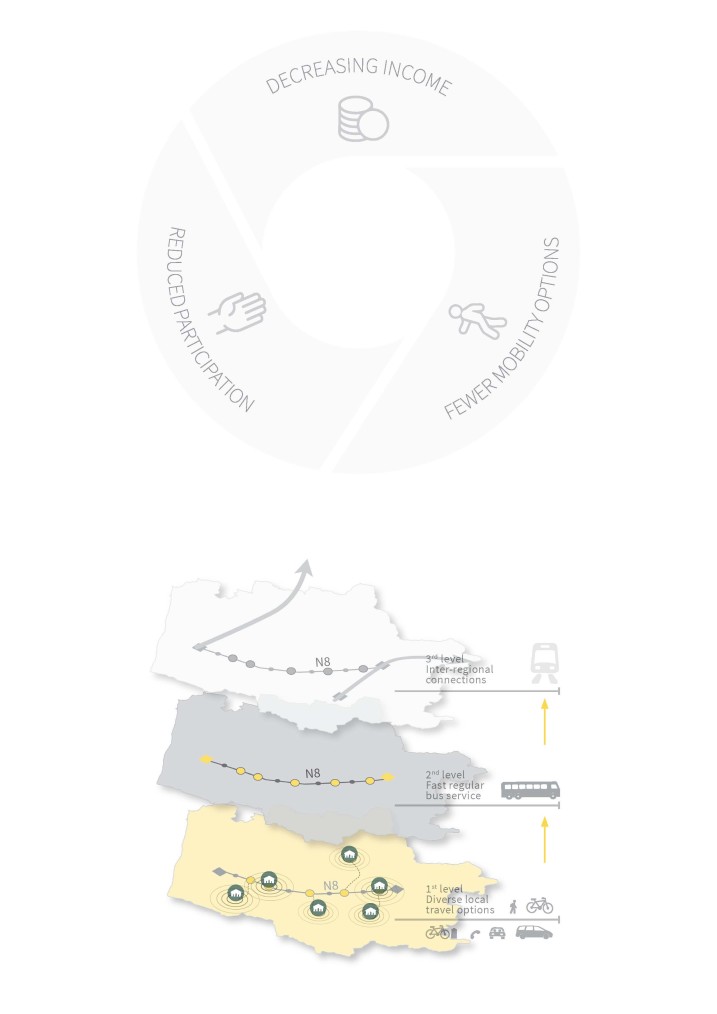
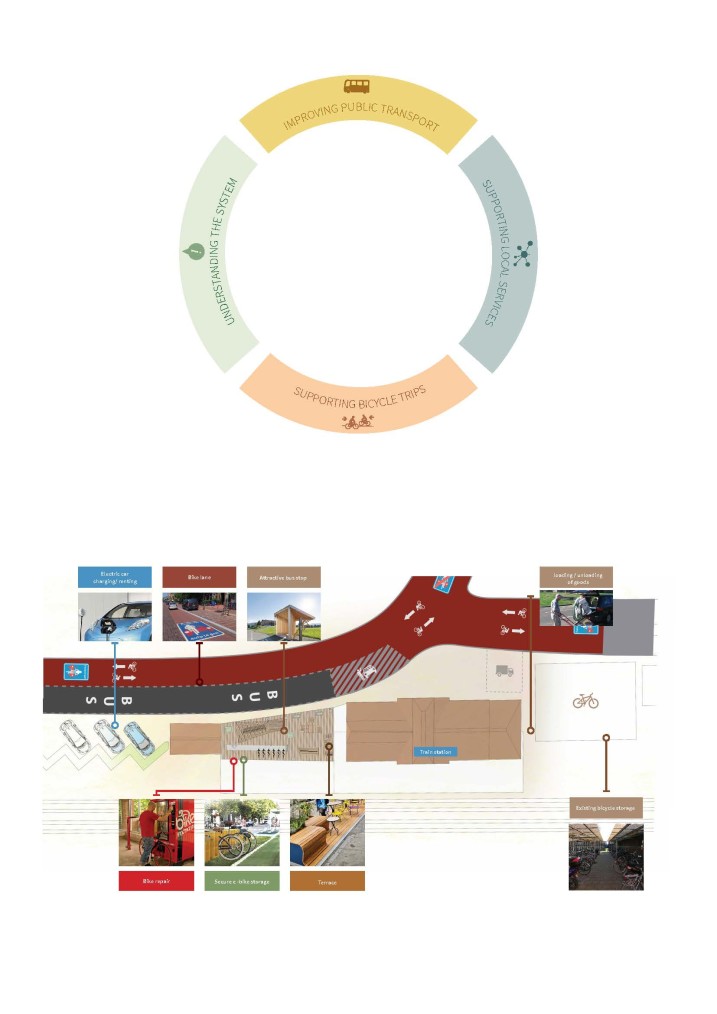
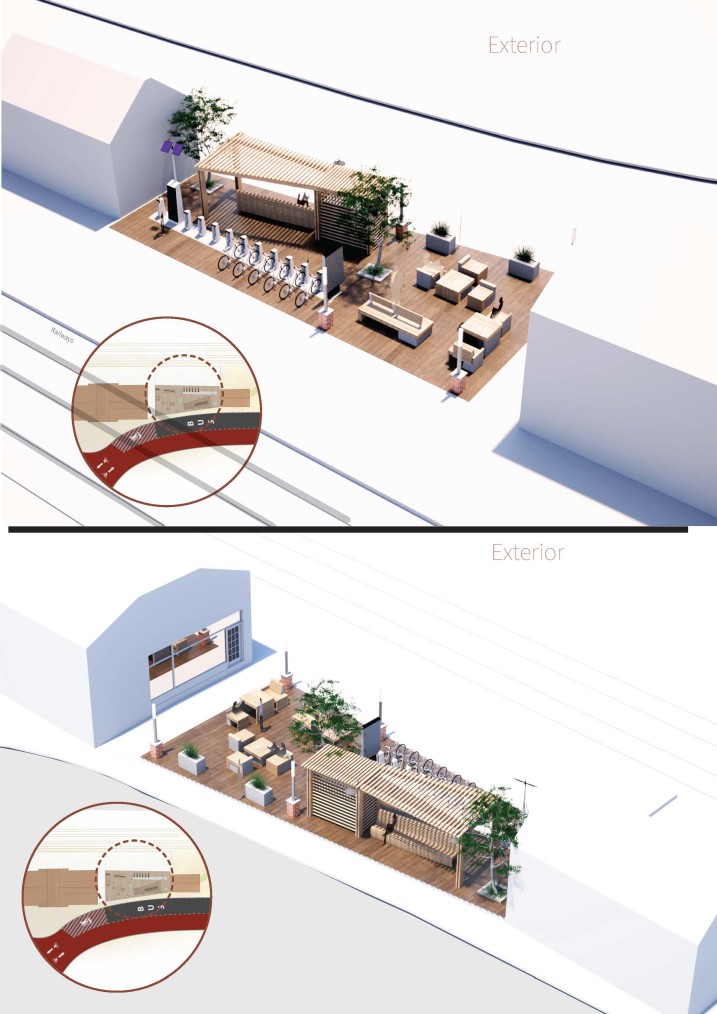
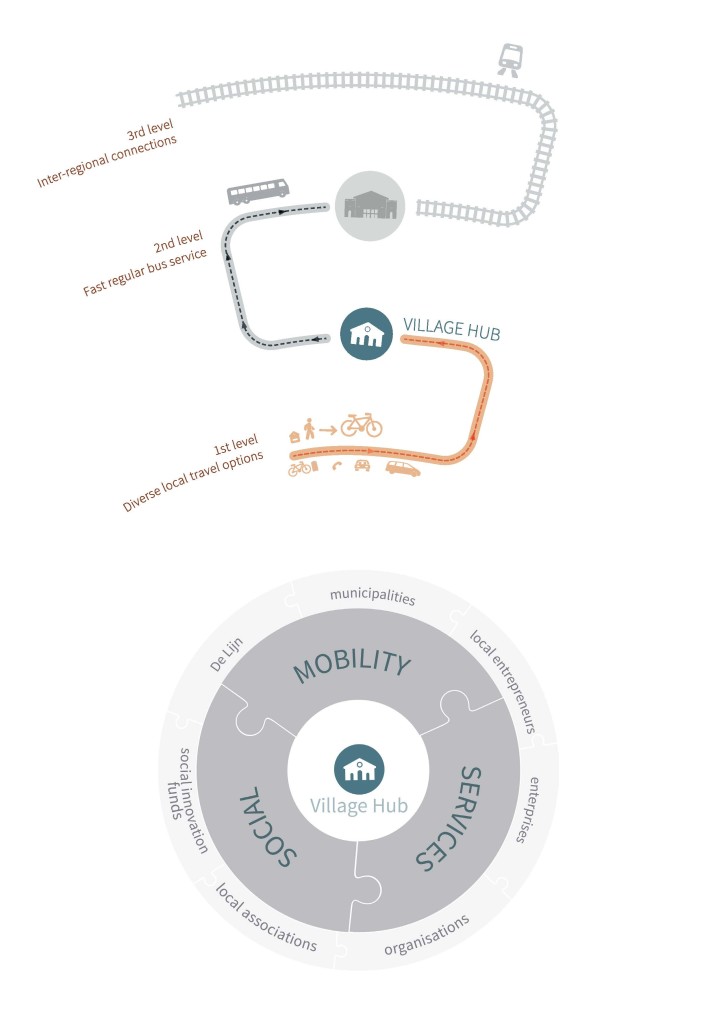
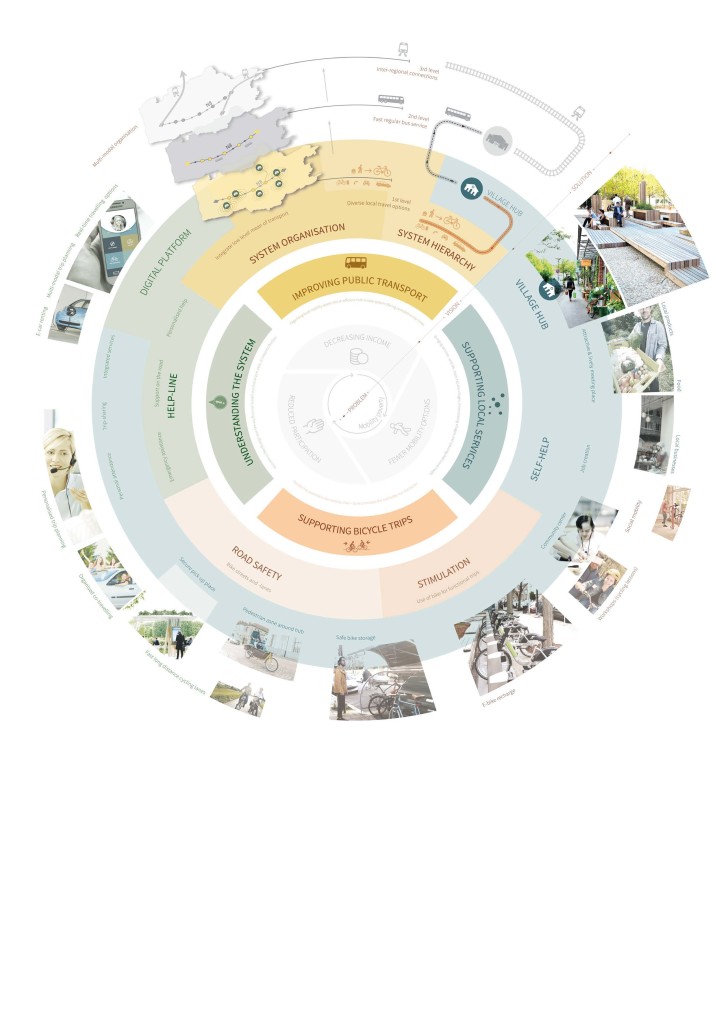

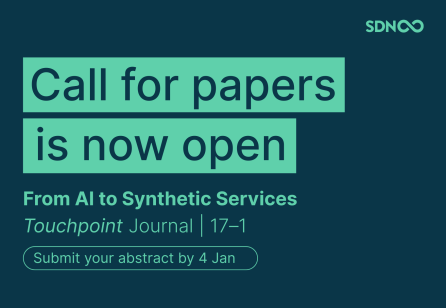



Share your thoughts
0 RepliesPlease login to comment